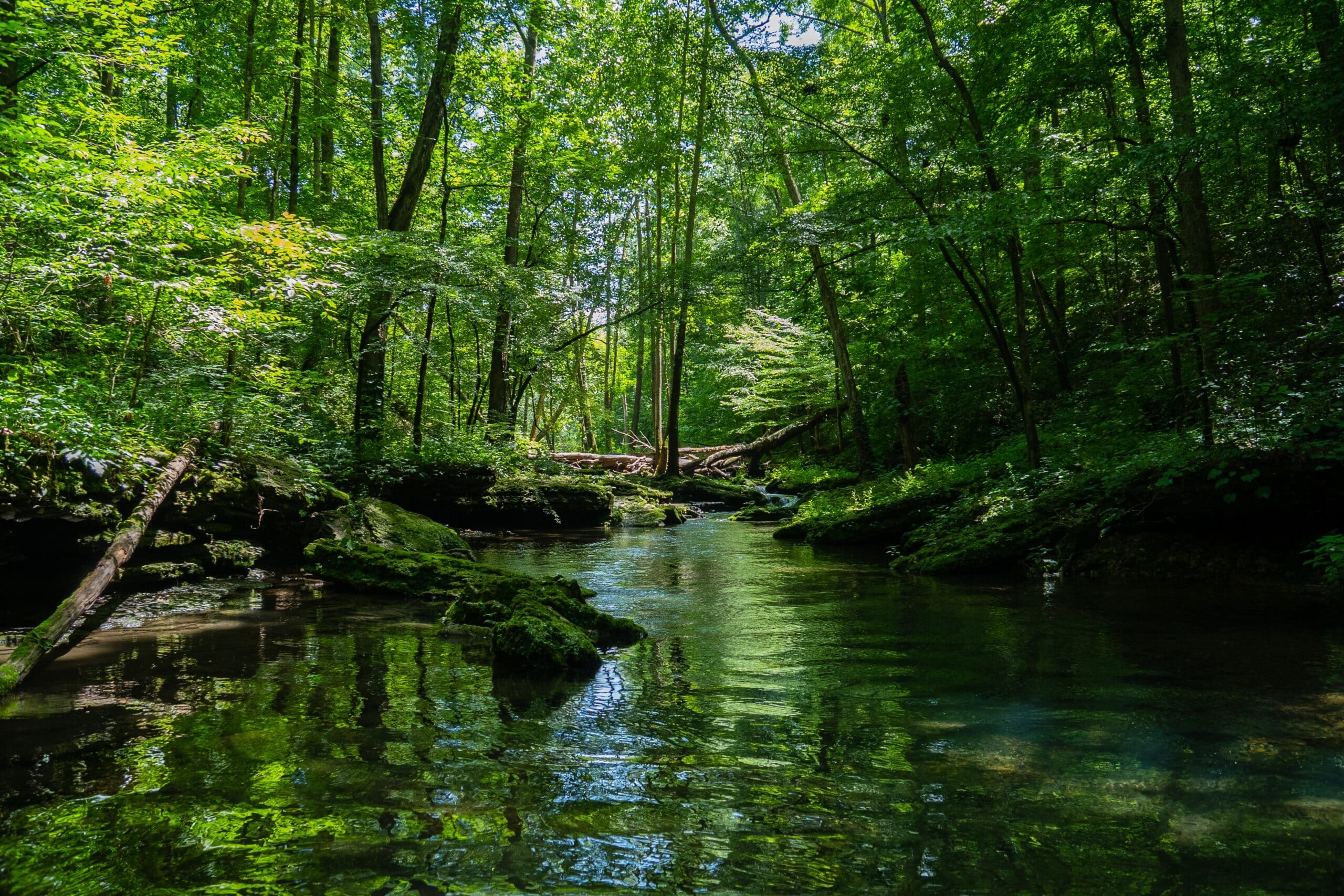The Importance of Protected Areas for our Planet’s Survival
Our planet’s survival is at risk due to the ongoing extinction of species, melting glaciers, and rising sea levels. Protecting natural areas such as wildlife reserves, national parks, and ocean sanctuaries is a critical measure that must be taken to prevent further depletion of natural resources.
Here are four compelling reasons why protected areas are essential for our planet’s survival:
1. Preserving Biodiversity
Protected areas have been established to conserve and protect biodiversity, which refers to the diversity of living organisms on earth. By conserving and managing these habitats, they provide crucial safe havens for wildlife and other species. Protected areas help to preserve not just the largest, most recognizable creature but also those less renowned, such as amphibians or small birds.
Biodiversity loss has significant consequences for our planet’s ecosystems and the services they provide such as the purification of air and water. Thus, protected areas are not just essential for the health of individual species but for the ecosystem’s health as a whole.
2. Carbon Storage and Climate Regulation
Protected areas, such as forests and wetlands, play significant roles in carbon sequestration and climate regulation. Vegetation, for instance, absorbs carbon dioxide from the atmosphere and releases oxygen. The Amazon Rainforest, which covers about 6.7 million km² across several South American countries, stores 90-140 billion metric tons of carbon, making it an essential land carbon sink globally.
Providing protection to such areas can prevent deforestation, enhance forest regeneration, and ensure that forests continue to capture and store carbon. This can help reduce the impact of greenhouse gases on the climate, thus limiting the impacts of climate change on a global scale.
3. Economic Benefits
Protected areas offer economic benefits for local communities and nations. They provide recreational activities and act as tourist attractions that can generate employment opportunities, increase revenue from entrance fees, and enhance tourism-related activities.
For instance, approximately 1.5 billion people visit protected areas every year, which generates economic activity in areas such as accommodation, transportation, and tourism-related enterprises. In 2019, national parks in the United States alone contributed nearly $41.7 billion to the country’s economy and supported over 340,000 jobs.
4. Traditional Knowledge and Cultural Values
Protected areas often have cultural, social, and spiritual significance for indigenous and local communities. These areas and the wildlife or natural resources that inhabit them contribute to the creation of their cultures or are central to them.
Preserving these areas, therefore, ensures the continuity of traditional knowledge systems and cultural values. It can also create economic or social benefits for these communities as, in some cases, ensuring that global consumers pay a premium for products from these areas.
Conclusion
Protected areas play a critical role in the continued survival of our planet. They help regulate the climate, preserve biodiversity, create jobs and generate income, and preserve cultural traditions. Everyone has a role to play in ensuring that protected areas remain a priority for our planet’s survival.
Therefore, further investment in these areas is essential. We need to ensure that they are well-managed properly, protected, and dedicated to preserving biodiversity, controlling climate change and maintaining our planet’s vital natural resources. By doing so, we can build a sustainable future for ourselves and generations to come.
